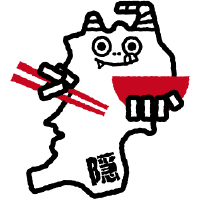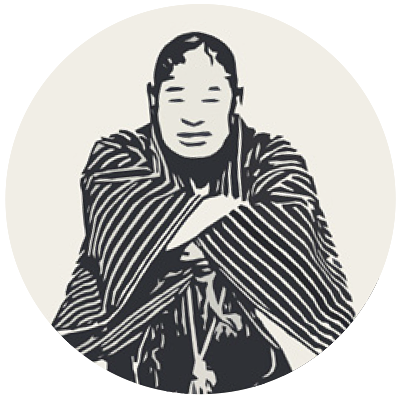
Colorful Balls
OVERVIEW
In August, a curtain of vibrant Tanabata decorations is put up throughout the streets of Sendai. Looking up, you can see multicolored balls and paper streamers of all shapes and sizes. The Sendai Tanabata Festival, one of Sendai’s traditional yearly events, has been celebrated since the time of Date Masamune, who fostered the Date Culture.
The covered arcade in the center of the city is particularly lively during this festival. Over 1,500 gorgeous Tanabata decorations, each made with a 10-m bamboo pole, form colorful arches. As you look up at these handmade decorations, expressing all kinds of wishes and hopes, you might be able to forget the summer heat for a little while.
TIPS
The Tanabata decorations feature seven traditional ornaments that are tucked in among the streamers. Can you find them all?
DETAIL
ADDRESS The central shopping district in Aoba Ward, Sendai, Miyagi
PARKING Please used the paid parking lots in the city center.
PERIOD August 6 through 8


Reccommend
Local Tours
Using local guides, we provide many tours that let you discover and experience
the wonders of Japan lying hidden in the “everyday” of the nearby area.

SENDAI city
Since the Edo period, when Date Masamune built Sendai Castle, the area has been known as “Sendai” and has been a center of cultural and economic development. Although it is an ordinance-designated city, it contains many traditional buildings, a rich natural environment, and historic hot springs. Various events, including the Sendai Tanabata Festival, are held here throughout the four seasons.

Key Person

Welcome to the Sendai’s kitchen, where food professionals gather together.
Imasho Seika Co., Ltd./Yasuhiro Shoji
Sendai serves as a gateway to Tohoku. Despite being the heart of the Tohoku region, a 30-minute drive can easily take you to sightseeing spots for the mountains and sea as well as to hot spring resorts, including Akiu Onsen and Sakunami Onsen. It also holds festivals and events in each of the four seasons: for example, the Sendai Aoba Festival in spring, the Sendai Tanabata Festival in summer, the Jozenji Streetjazz Festival in autumn, and the Sendai Pageant of Starlight in winter. The Sendai Asaichi Morning Market, where I have my store, is Sendai’s kitchen and is frequented by restaurant owners and the homemakers who take charge of the city’s dining tables. Here, professionals in every product—including Sendai’s traditional vegetables, fresh seafood, and meat—will tell you the most delicious way to enjoy the produce. Don’t miss the chance to talk to the shopkeepers!
Specialty Products
One of the learned figures of his age, Masamune Date, who was also known as something of a gourmet, valued tradition while paying attention to foreign cultures. A new “Date culture” flourished in Sendai, and Date himself focused his efforts on developing its food culture. It is not an exaggeration to say that Sendai’s rich food culture and many surviving traditional crafts are the inheritors of that Date culture.
Natural Environment
Sendai is also known as “the City of Trees,” and, despite its population of over one million people, it is a place with a lush green cityscape that is surrounded by nature. On either bank of the Hirose River, which runs through the city, a wealth of plants and flowers produces a unique scene in each of the four seasons. If you take a trip further afield by car, you will encounter mountains and gorges where you can enjoy hiking as well as ski slopes and beaches for swimming. Whether in the sea or the mountains, be sure to enjoy what Sendai’s outdoors has to offer.
Historical Person

Date Masamune
1567 - 1636
Date Masamune was a general and the feudal lord of Sendai. In 1601, he moved his castle to Sendai, and, by pushing forward the construction of the castle town, he built the foundations for Sendai’s development.
Area Access

From Tokyo Station
90min
【SHINKANSEN】 From Tokyo Station approx. 90 minutes by Tohoku Shinkansen

From Sendai Airport
30min
【TRAIN】 From Sendai Airport, approx. 30 minutes on the Sendai Airport Access Line























